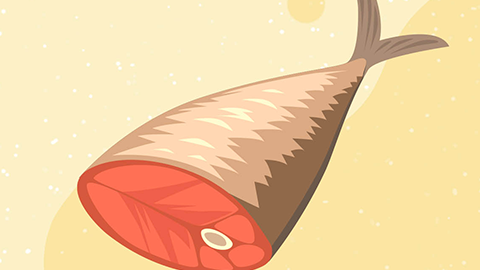Can fish milt be eaten?
Generally speaking, whether fish milt (fish sperm sacs) is edible depends on the type of fish and how the milt has been handled and stored. If in doubt or if discomfort occurs after consumption, it is advisable to seek medical attention promptly. The detailed analysis is as follows:

If the fish milt comes from commonly consumed fish species—such as cod, sea bass, or yellow croaker—and is fresh, thoroughly cleaned of surface membranes and impurities during preparation, and has been consistently refrigerated or frozen without developing off-odors or spoilage, it is generally safe to eat. Such milt is rich in protein, has a delicate texture, and develops a unique flavor when cooked. Moderate consumption can provide nutritional benefits and suits various cooking methods including pan-frying, deep-frying, and steaming.
If the milt comes from an unknown fish species, appears spoiled, was not properly cleaned of contaminants, or has undergone repeated thawing, prolonged storage at room temperature, or shows signs such as stickiness, foul odor, or abnormal coloration, it should not be consumed. Milt from unidentified fish species may pose health risks, and spoiled milt can harbor bacteria that may cause gastrointestinal discomfort, including abdominal pain and diarrhea.
Prior to consumption, confirm the safety of the fish species and carefully inspect the freshness of the milt. Thoroughly clean the milt during preparation. Ensure it is fully cooked before eating—avoid consuming it raw or undercooked. Limit portion sizes, especially for individuals with weak digestion, to prevent overburdening the body and ensure food safety.




